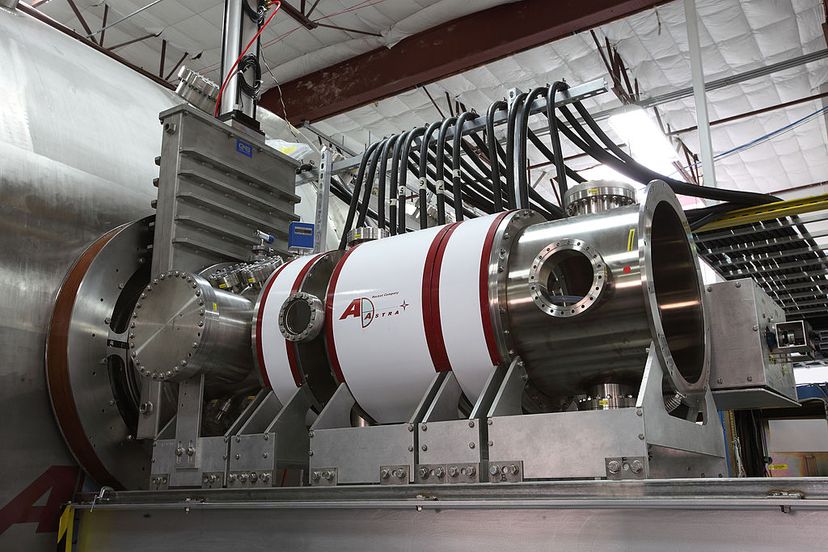
Five. Four. Three. Two. One. Blast off! Into the sky shoots a rocket ship, quickly moving beyond our atmosphere and into outer space. In the last half-century, people have gone from just looking up in amazement at the stars glimmering in the night sky to actually living for months at a time on the International Space Station among the celestial bodies. And while humans have set foot on the moon, landing anywhere farther away has been reserved only for unmanned craft and robots.
One place people are very interested in visiting is Mars. Aside from the actual challenges of landing and spending any time in a place as unwelcoming as the red planet, there's the big hurdle of actually getting there. On average, Mars is about 140 million miles (225.3 million kilometers) from Earth. Even when at its closest point, it's still some 35 million miles (56.3 million kilometers) away from our planet [source: St. Fleur]. Using the conventional chemical rockets that typically carry us into outer space would take at least seven months to get there — not exactly a short amount of time [source: Verhovek]. Is there any way we might be able to do it faster? Enter the plasma rocket!
Advertisement
In lieu of using conventional rocket fuel, scientists and engineers have turned to the promise of plasma rockets to propel us to the further reaches of outer space. In this type of rocket, a combination of electric and magnetic fields are used to break down the atoms and molecules of a propellant gas into a collection of particles that have either a positive charge (ions) or a negative charge (electrons). In other words, the propellant gas becomes a plasma.
In many configurations of this engine, an electric field is then applied to eject the ions out the back of the engine, which provide thrust to the spacecraft in the opposite direction [source: Zyga]. With this technology optimized, a spaceship could theoretically reach a speed 123,000 mph (198,000 kph) [source: Verhovek]. At that speed, you could get from New York to Los Angeles in one minute!
Advertisement

